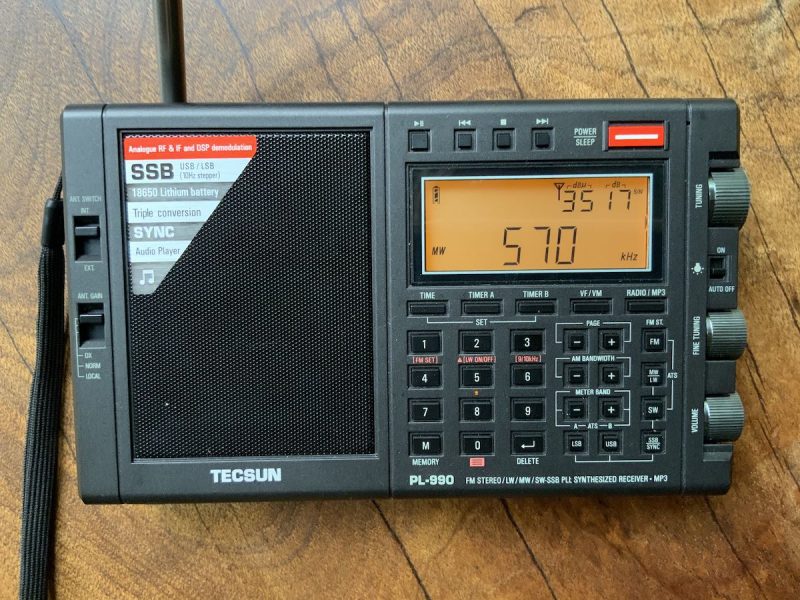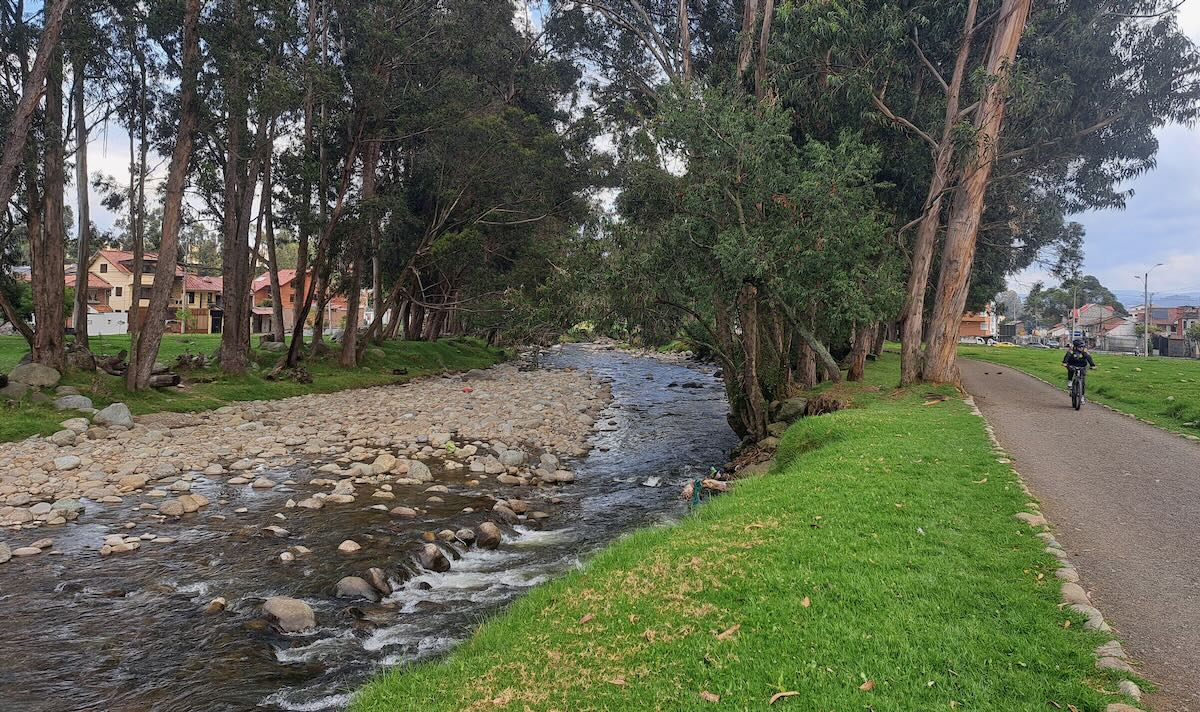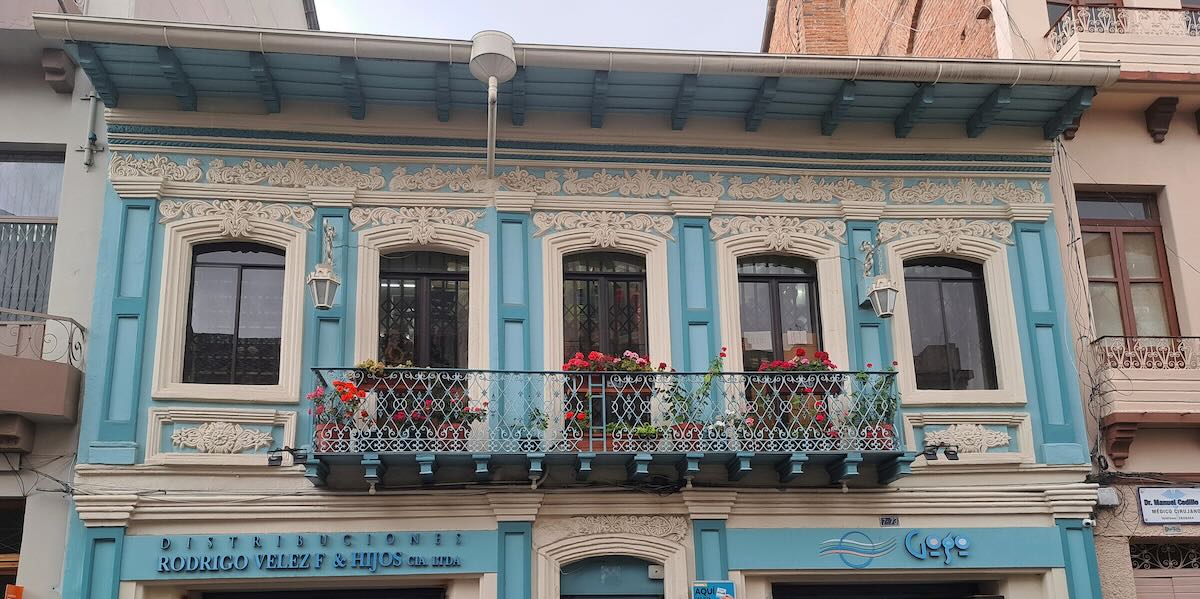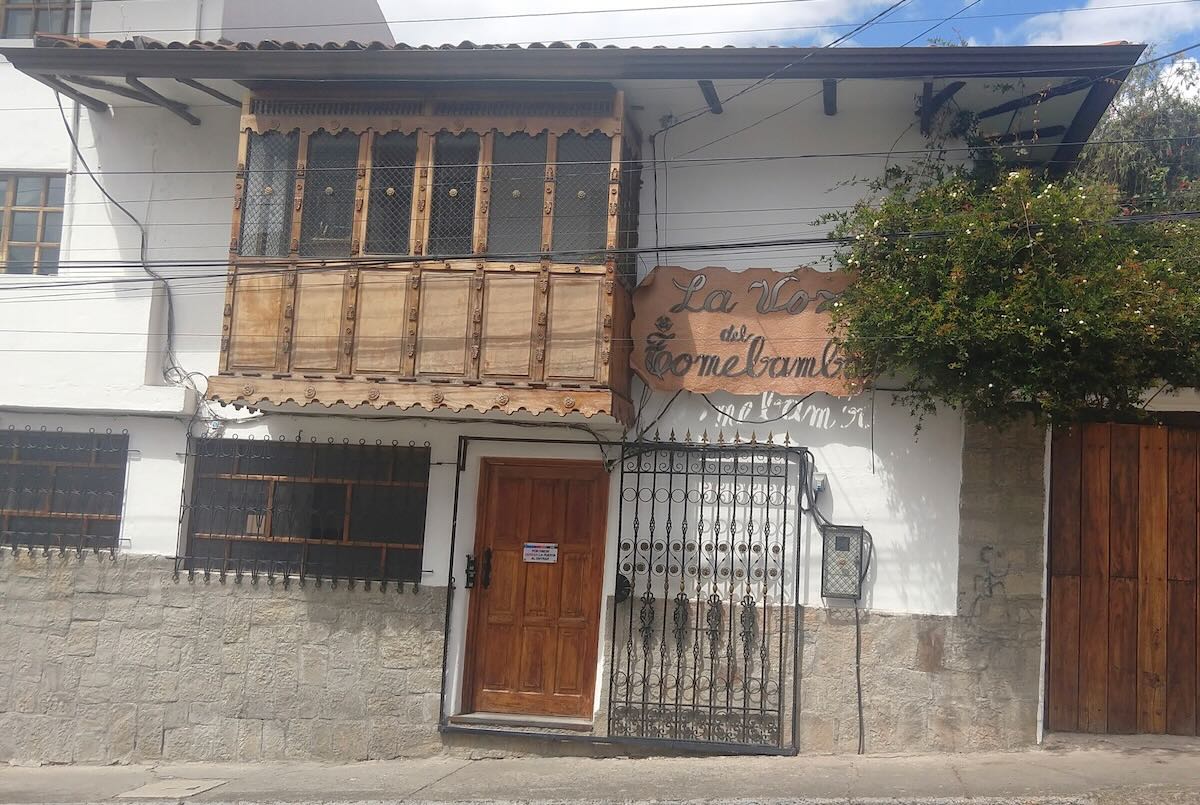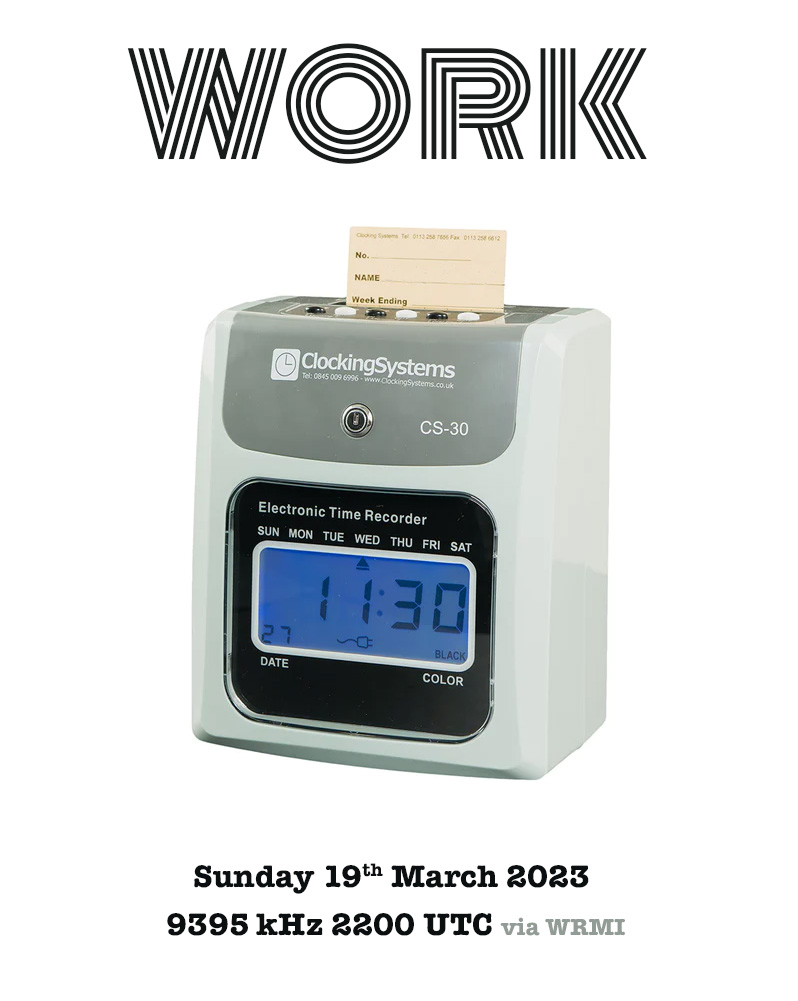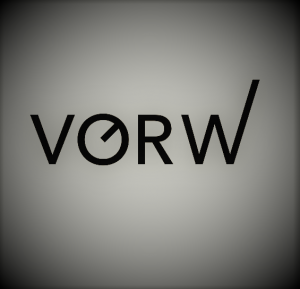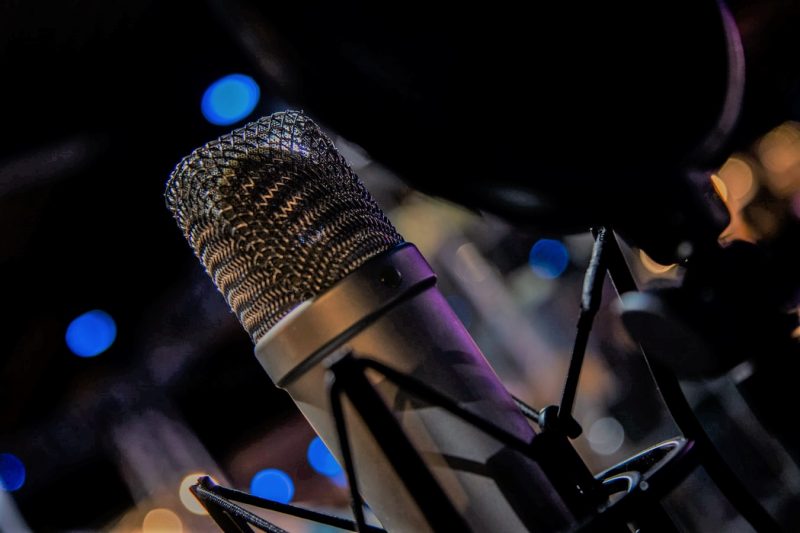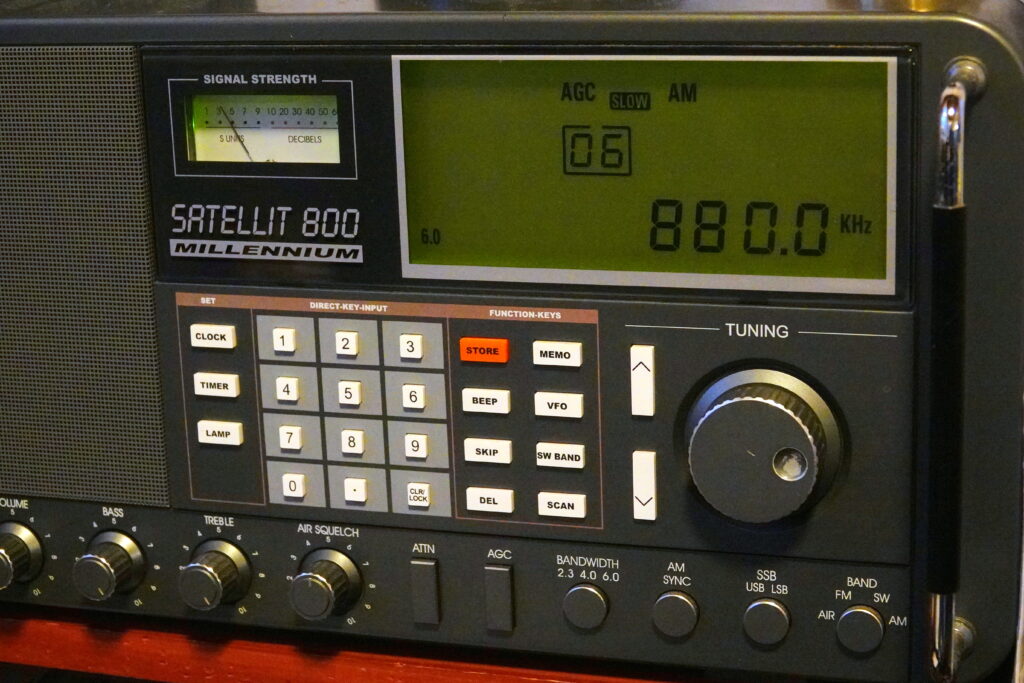
By Jock Elliott, KB2GOM
If the folks who participated in The Great Medium Wave Daylight DX Challenge were on trial for “having fun,” they would be found guilty and sentenced to . . . more DXing challenges!
Results
As nearly as I can tell, 13 people participated, and many had something positive to say about the experience, including they would like to do it again.
I say “as nearly as I can tell” with regard to the number of participants because some people posted the same thing multiple times . . . and there is a simple reason why. When someone posts a comment for the first time, or posts a comment for the first time with a new email address (which is one of the required fields when you post a comment), that comment is sent to moderation for approval before it is posted . . . which causes a delay. Thinking it didn’t work the first time, the commenter reposts again (and perhaps again and again) and after a while, all the posts appear, which confuses the counting process.
A variety of equipment was used: 4 GE Superadios, 2 Belka radios, a Yaesu FT950, an AirSpy SDR, a single-transistor regenerative radio, and a Sangean ATS 909-X2. Some ran barefoot (using internal antennas), some employed loops, dipoles, and even an AFA-200 from Icom.
In terms of station count, Tom Laskowski, in a neighborhood park in South Bend, Indiana, absolutely killed it with a GE Superadio, logging 69 stations with lots of colorful detail. Clearly he was enjoying himself. The total mileage of his top five stations was 1230 miles. He qualified for Chuck Rippel’s generous offer of a Superadio refurb.
13dka “informally reported” his results in miles, furlongs, and attoparsecs. From a dike at the German North Sea Coast (Riddle of the Sands?), his farthest station was 677 miles away and his top five total was 2748 miles . . . that’s 21,968.5 furlongs in case you were wondering. He used a Belka 2022 in combination with an AFA-200 active ferrite antenna (his ultra portable MW rig).
David Mappin in Filey, UK, managed to hear a station in Solt, Hungary, at a distance of 987 miles. His top five total mileage was 1965 miles. He used a Sangean ATS 909X2 with a Cross Country Wireless (CCW) Loop Antenna Amplifier with a one-meter loop made out of coax.
Everyone seemed to have a good time, even those to whom “life happened,” and could only get on for a few minutes.
So, therefore, you are all sentenced to more DX challenges in the future!
My operatives (the upstate irregulars) deep in the underground bunker at El Rancho Elliott tell me that some of the names of future challenges might include “The Midnight Ramble” and “The Grayline Sprint” . . . but these sources are unreliable.
In the meantime, thanks to all for participating, and I am glad you had fun.
PS – Some have suggested that taking station transmit power into account when figuring out scoring might be a thing to do. If you have practical ideas for doing this, post them, with examples in the comments section below. Bear in mind that any calculation of “difficulty factor” will fall on the folks recording their logs.

